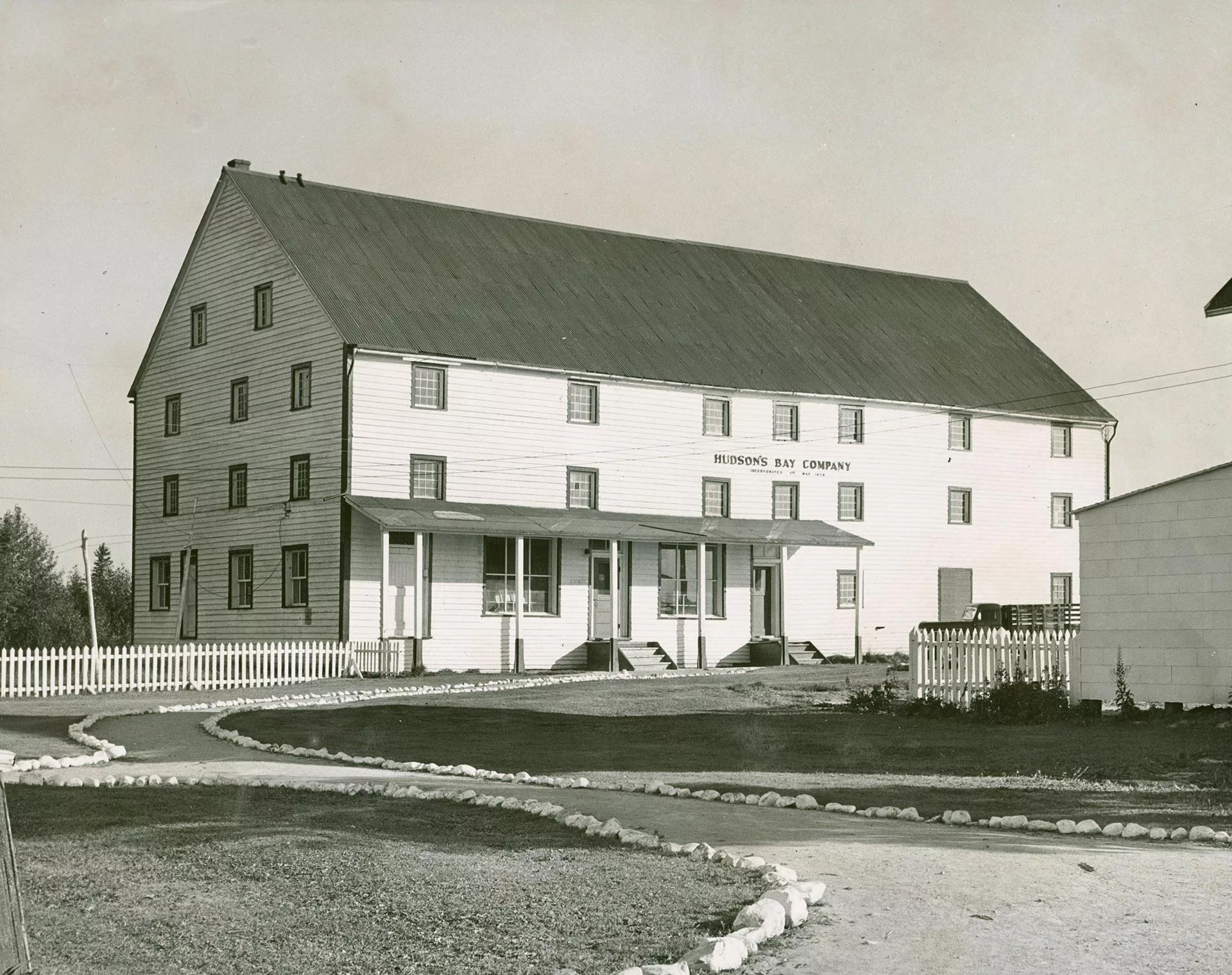Taking care of business: A brief history of the Hudson’s Bay Company
The Hudson’s Bay Company (HBC) is Canada’s oldest merchandising company. Established during the fur trade, the company has since expanded significantly. This expansion includes
operations in retail and other industries, such as real estate. Originally founded in London,
England, the HBC headquarters are now in Toronto and New York.
Here is a brief look at the HBC from past to present.
The beginning
The HBC received a royal charter on May 2, 1670, with exclusive trading rights in Rupert’s Land. Rupert’s Land was a large region stretching from what is now Alberta to Quebec and into the Territories. The governor and committee in London set policies based on reports from officials in Hudson’s Bay and set up several trading posts across Rupert’s Land. Each post was led by a trader and a council of officers.
Indigenous involvement
Indigenous peoples trapped animals during the fall and winter before travelling to trading posts during the summer. Pelts were bartered for manufactured goods such as guns and textiles. Due to their involvement in the fur trade, many Indigenous peoples abandoned their traditional lifestyles to comply with trading practices. Many also began trapping outside their marked territories, sparking conflict between Indigenous groups.
First taste of competition
In 1713, France acknowledged England’s claim to Hudson Bay. HBC set up trading posts at the mouths of major rivers connected to the bay. Competitors began travelling further to trade with Indigenous people, bringing goods to them instead of making them travel out to the trading posts.
In the late 1700s, the HBC faced major competition from the North West Company. The competition got so intense that both parties resorted to occasional physical violence.
Conflict resolution
HBC and the North West Company arranged a merger in 1821. The merger required both companies to combine their different business practices. Additionally, their land was divided into departments and further subdivided into districts. District managers would meet monthly in departmental council meetings supervised by a North American governor. The councils governed local trade according to the requirements of each district.
At this time, the London governor and committee still had the power to overrule the decisions of the North American governor. The merger led the HBC to close unprofitable trading posts, heavily impacting Indigenous groups who had become reliant on the fur trade.
Shifting priorities
In 1863, the International Financial Society held most of the HBC’s voting stock. This caused a shift in the company’s priorities. The new shareholders were more interested in real estate than the fur trade. In 1870, the British sold Rupert’s Land to Canada. Much of this land was in or near developing urban centres. From the 1870s onwards, the HBC became a major real estate developer.
Along with involvement in the fur trade and real estate, the HBC began partaking in the natural resource industry. In 1926, the HBC co-founded Hudson’s Bay Oil and Gas, though HBC later sold this to Dome Petroleum in 1982.
Due to increasing business with settlers, the HBC split into three central departments in 1910: land sales, fur trade and retail. The fur trade department was renamed the northern stores department in 1959. In 1961, the land sales department was moved to a subsidiary company.
Expansion and economic setbacks
In 1970, Queen Elizabeth II gave the HBC a new charter which transferred company ownership from the United Kingdom to Canada. A new headquarters was established in Manitoba.
The HBC continued to expand throughout the 1970s, acquiring some companies and becoming primary shareholders in others. In 1974, the corporate offices were moved to Toronto. The economic downturn in the 1980s caused the HBC to fall into significant debt. As a result, non-retail business assets were sold in 1987. Expansion continued into the 1990s by acquiring chains such as K-Mart and Zellers.
HBC in the 21st century
To respond to the changing retail landscape, HBC began offering online shopping options in 2000. The company also began rebranding to make it more competitive. This rebranding strategy included offering more external brands, developing a wider product selection and utilizing contemporary branding approaches.
Today, the HBC operates over 230 stores worldwide, 85 of which are in Canada. They offer a wide range of goods and services, and the company still invests in real estate.
From its modest beginnings, HBC has risen to become one of Canada’s most respected retail companies and a well-known name across the country.

Kyle Quilatan
Kyle is a reporter for Business Hub. He enjoys art, music and reading, and is prepared to take a nap at any given time.

